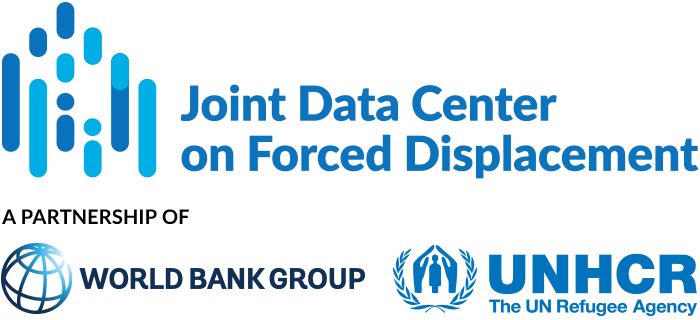JDC Literature Review
The JDC literature review contains summaries of recent publications and academic scholarship on issues relating to forced displacement.
More is Better: Evaluating the Impact of a Variation in Cash Assistance on the Reintegration Outcomes of Returning Afghan Refugees
This paper examines the impact of cash assistance provided to Afghan refugees returning from Pakistan on household outcomes post-return. Between 2016 and 2018, UNHCR assisted more than 458,000 documented Afghan refugees who returned from Pakistan. Between July 2016...
Cash transfers amid shocks: A large, one-time, unconditional cash transfer to refugees in Uganda has multidimensional benefits after 19 months
The article examines the effects of a substantial, one-off, unconditional cash transfer to refugee families in Uganda. Uganda hosts over 1.5 million refugees and asylum seekers.
Evaluation of conditional cash transfers and mHealth audio messaging in reduction of risk factors for childhood malnutrition in internally displaced persons camps in Somalia: A 2 × 2 factorial cluster-randomised controlled trial
This paper presents the results of a randomized trial to estimate the effects of conditional cash transfers (CCTs) and mobile health (mHealth) audio messages in IDP camps near Mogadishu, Somalia. Specifically, the research examined whether conditionality in cash transfer programs and mHealth audio message improved health-seeking behavior and reduced risk factors for malnutrition.
Promoting Recovery and Resilience for Internally Displaced Persons: Lessons from Colombia
This paper discusses the dynamics and consequences of internal displacement in Colombia, and the legal and policy responses to protect and assist IDPs. In 2020, Colombia had the largest population of IDPs in the world, estimated at 8.2 million people, equivalent to 16 percent of the Colombian population and 17 percent of IDPs worldwide.
The freedom to choose: Theory and quasi-experimental evidence on cash transfer restrictions
This paper studies the effect of cash transfer restrictions on the welfare of recipients in the Kalobeyei refugee settlement in Kenya, a context in which restrictions matter because cash transfers are extra-marginal (they are greater than the amount a household would...
Cash-like vouchers improve psychological well-being of vulnerable and displaced persons fleeing armed conflict
This paper assesses the effectiveness of the United Nations’ Rapid Response to Movements of Population (RRMP) program, the largest humanitarian assistance program targeting vulnerable displaced, returnee and host households in eastern Democratic Republic of Congo....
The impact of cash transfers on Syrian refugee children in Lebanon
This paper evaluates the impact of a large-scale multi-purpose cash (MPC) transfer program on a sample of Syrian refugee children in Lebanon. Lebanon hosts an estimated 1.5 million Syrian refugees, over half of whom are children 18 years and younger. Since 2017, UNHCR...
The impact of cash transfers on Syrian refugees in Lebanon: Evidence from a multidimensional regression discontinuity design
This paper examines the impact of multipurpose cash assistance (MPC) provided to Syrian refugee households in Lebanon. Approximately 1.5 million Syrian refugees lived in Lebanon in 2018, of whom almost a million were registered with the United Nations High...
Children on the move: Progressive redistribution of humanitarian cash transfers among refugees
This paper examines the causal effects of the Emergency Social Safety Net (ESSN) program, which was launched in November 2016 and currently supports around 1.7 million refugees in Turkey. The analysis is based on a pre-assistance baseline survey (PAB) undertaken by...
Multi-purpose cash transfers and health among vulnerable Syrian refugees in Lebanon: a prospective cohort study
This paper evaluates the impact of multipurpose cash transfers (MPCs) on health-seeking behavior, health service utilization, and health expenditures by Syrian refugees in Lebanon. At the beginning of 2020, there were nearly 1 million registered refugees in Lebanon,...


